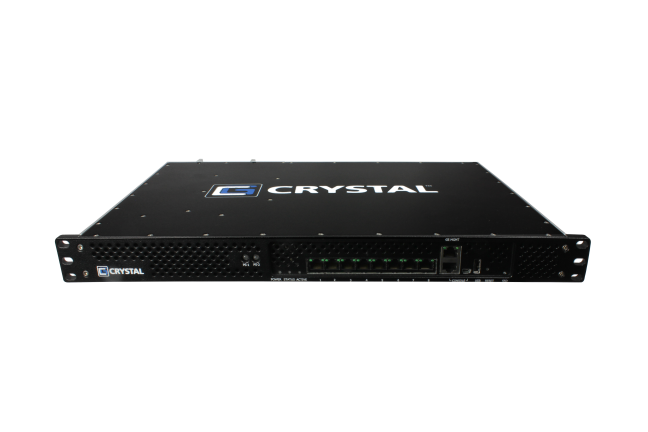This blog about How a Rugged Computer Chassis is made is from our friends at the Crystal Group.
Start with a Solid Foundation
When the U.S. Navy launches a missile during a tropical cyclone, its lethal precision must not be compromised by the elements. Would you trust the device you are reading this on to operate a missile system with pinpoint accuracy? Of course not. Harsh and unpredictable environments call for more than your average electronic enclosure. Whether it’s corrosive salt fog, blinding dust storms, extreme climate conditions or jolting vibrations, the end result is to ensure reliable, uninterrupted compute performance.
To deliver that level of consistency and dependability for both military and industrial applications, Crystal Group rugged computer chassis boast side walls constructed from milled 6000-series aircraft aluminium – not bent metal, which is no match for mother nature. And we don’t stop there.
Enclosures are further strengthened with internal support structures and front and rear plates made from milled plate stock, while the base plate is structurally bonded and mechanically fastened to the side walls. This ensures that the software and data inside the unit are just as secure as the exterior. In tandem, factoring in both internal and external design and construction details deliver additional performance benefits to customer applications, including:
- Reliable thermal conductivity
The 6000-series aluminium craftsmanship provides twice the thermal conductivity of 1018 CR steel, which protects critical components and systems from extreme hot and cold temperatures.
- Enhanced electrical conductivity
Interior bracing constrains emissions and reduces EMI.
- Minimal vibration
Built with thick side rails, front and rear end plates, and center brackets bonded with a high-temperature structural epoxy ensures the system won’t rattle when subjected to external vibration. Additional features limit internal vibrations transferred from fans and the power supply.
- Rigorous standards
All systems are designed and tested to meet or exceed IEEE, IEC, and military standards, like MIL-STD-810, MIL-STD-461, MIL-S-901E, MIL-STD-167-1.
Starting with this level of rugged reliability protects the operational integrity. It enables seamless performance of both computer hardware and software in the roughest terrains, toughest applications, and most extreme environments. Without a reliable foundation in place, systems may survive temporarily, but in remote or forward-deployed conditions, the stakes are too high and the risks are too great to depend on equipment that can falter without warning.
To learn more about How a Rugged Computer Chassis is made by the Crystal Group, contact us.
About Crystal Group, Inc.
Firstly, the Crystal Group, Inc., a technology leader in rugged computer hardware. They specialise in the design and manufacture of custom and commercial rugged servers, embedded computing, networking devices, displays, and data storage for high reliability in harsh environments. In addition, employee-owned small business founded in 1987. Whereby, they provide Defence, Government and Industrial markets with in-house customisation, engineering, integration, configuration management, product life-cycle planning, warranty, and support services.
Secondly, Crystal Group products meet or exceed IEEE, IEC, and military standards. For example MIL-STD-810, 167-1, 461, and MIL-S-901. Also they are backed by an industry-leading, 5-plus-year warranty with in-house support. Plus equipment is manufactured in the company’s Hiawatha, Iowa, USA, facility. In addition, they are certified to ISO 9001:2015/AS9100D quality management standards.
Finally, Metromatics proudly sell, service and support the full Crystal Group range of products to our customers in Australia and New Zealand. To learn more about their products, contact us.
